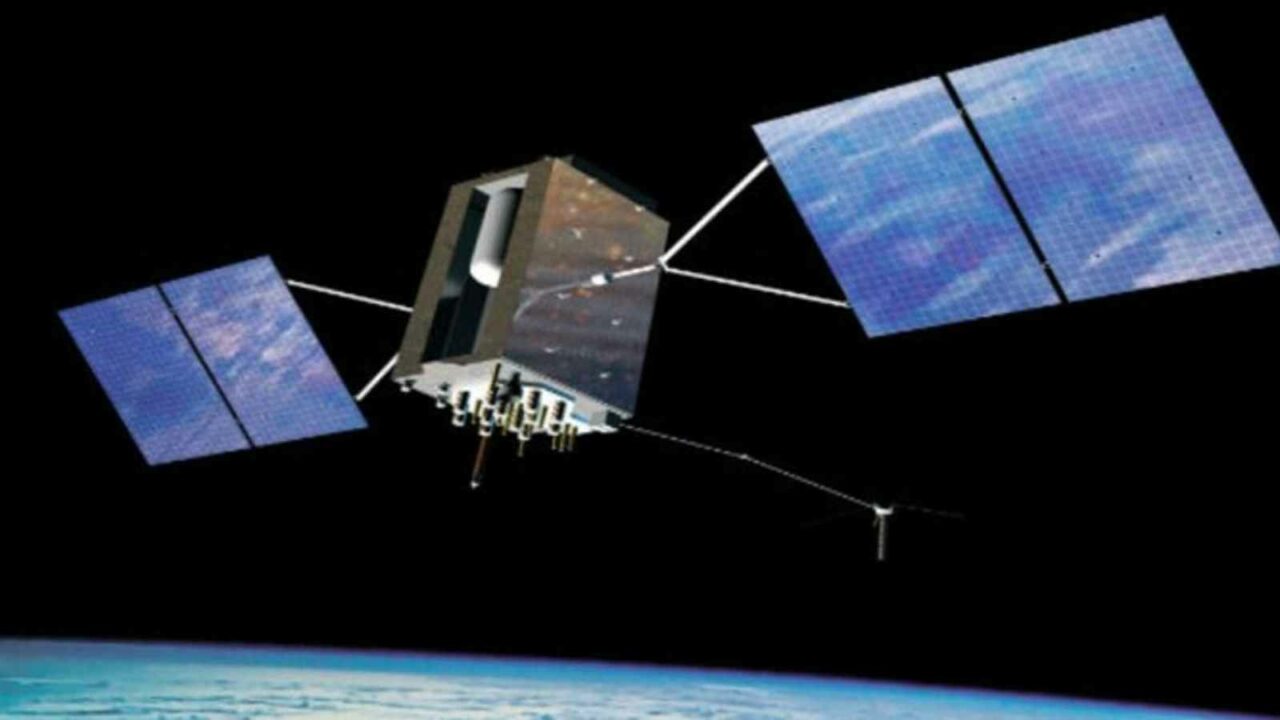INSAT-1A satellite 41st Launch Day: The Indian communications satellite INSAT-1A was launched on April 10, 1982 as part of the Indian National Satellite System or INSAT-1 programme. This year, April 10 commemorates the forty-one anniversary of the launch of the satellite.
NASA reports that the INSAT-1 programme included two three-axis stabilised spacecraft in geostationary orbit, namely INSAT-1A and INSAT-1B, as well as numerous ground stations throughout India.
Research on INSAT-1 Payloads
Dr. Vikram Sarabhai, the founder of the Indian Space Program, was a brilliant visionary. He conceived of an Indian satellite for telecommunications and television objectives as early as 1964. Therefore, India joined INTELSAT in 1965, which is an intergovernmental consortium that owns and operates a constellation of communications satellites that provide international broadcast services. Dr. Sarabhai presented the paper “INSAT: A Development Strategy” at the National Conference on Electronics held in Bombay in 1970. Applications as diverse as Railways, Defense, Aviation, and Computer Data Handling.
In our country, the need for data transmission and interconnection of large computer facilities has not yet arisen. On the other hand, it is conceivable that such requirements will arise for interconnecting enormous computers within a timesharing system. Such communications could be managed by the satellite with great efficiency. “INSAT- A strategy for development” is an excerpt from some article:
DAE collaboration:
In the following years, the DAE (Department of Atomic Energy) collaborated with NASA, MIT, General Electric, and Hughes Aircraft Corporation to conduct numerous studies on an Indian broadcasting satellite. All of these investigations led to a great deal of action. The first Experimental Satellite Communication Earth Station (ESCES) became operational in Ahmedabad in 1967. In September of 1969, NASA and DAE signed the Satellite Instructional Television Experiment (SITE) memorandum of understanding.
The investigations conducted between 1968 and 1970 investigated potential payloads for INSAT satellites. While nearly all studies acknowledged the inclusion of television and telecommunications payloads, the incorporation of meteorological payloads was contested. India intended to gain experience in obtaining and utilising such data through SITE. Before SITE was launched in 1975, the VHRR payload responsible for meteorological earth observations failed aboard the ATS-F satellite. As a result, the use of INSAT satellites for meteorological applications was once again called into doubt. P R Pisharoty, the founder of remote sensing in India, persuaded stakeholders to utilise Met data for an agricultural society such as India.
All about Chennai-Coimbatore Vande Bharat Express launching on 8th April
Request for Proposals (RFPs)
ISRO later solicited RFPs for the development of satellites with the following payloads.
- Two high-power transponders for TV broadcasting to community TV sets, TV programme distribution for rebroadcast, and radio networking.
- There are twelve transponders for communication.
- Meteorological Earth Observation (EO) instrument (VHRR) for visual and thermal infrared imaging of the Earth.
- Data relay transponder for meteorological data collection from unattended data collection platforms.
The American companies Hughes Aircraft Corporation (HAC) and Ford Aerospace Communication Corporation (FACC) submitted proposals. Separately, experts from ESA, COMSAT, and the INSAT-1 Space Segment Project Office evaluated the proposals. Technical experts from the Project Office, Department of Telecommunications (DOT), Doordarshan (national television), AIR, and India Meteorology Department (IMD) ultimately chose FACC to receive the contract for the INSAT-1A and INSAT-1B satellites. Thus, the INSAT-1 series was born.
Different Launch Vehicles for INSAT-1 series
Each of the four INSAT-1 satellites was launched on a separate launch vehicle. In September 1982, the INSAT-1A satellite failed after a series of problems post-launch in April 1982. The Department of Space (DOS) was compensated by Insurance Companies for the complete loss of a satellite. INSAT-1B’s initial deployment was problematic. After rectifying the issue, the spacecraft lasted longer than its original seven-year lifespan. INSAT-1C also failed, whereas INSAT-1D was a complete triumph. INSAT-1 and APPLE assisted ISRO in the development of INSAT-2 and all subsequent satellites.
Here are ten essential facts about INSAT-1A.
- The Ford Aerospace and Communications Corporation designed the INSAT-1A satellite to provide India’s civilian population with combined telecommunications, direct television broadcast, and meteorological services.
- INSAT-1A was launched using a Delta 3910 rocket with a PAM-D upper stage on April 10, 1982 from Launch Complex 17A at the United States’ Cape Canaveral Air Force Station. PAM, or Payload Assist Module, is a portable launch platform used to assist in the launch of small satellites with the Space Shuttle, Delta, and Titan launchers, and to transport satellites from low-Earth orbit to geostationary transfer orbit.
- The satellite weighed 1152,1 kilogrammes.
- INSAT-1A’s communications suite provided India’s most remote regions with two-way, long-distance telephone circuits and direct radio and television broadcasting. It had twelve transponders operating at specific frequencies for communication in remote areas and television programme distribution. It featured two transponders for direct broadcasting to rural areas with low-cost community television sets, radio-program distribution, national television networking, and disaster warning.
- INSAT-1A’s data collection and transmission suite included a data channel for the transmission of meteorological, hydrological, and oceanographic data from unattended land-based and ocean-based data collection and transmission platforms.
- The meteorology equipment consisted of a very-high-resolution, two-channel radiometer (VHRR) that provided full-frame, full-Earth coverage every 30 minutes. Visible channel resolution was 2.75 kilometers, while infrared channel resolution was 11 kilometres.
- These observations were employed to monitor weather systems over land and water. For instance, cyclones could be observed and the temperatures of the sea surface and cloud tops could be measured.
- Using the INSAT television capability, early warnings of imminent disasters such as floods and storms could reach the civilian population directly, even in remote areas.
- After launch, INSAT-1A encountered initial deployment difficulties with its antennas and solar array. The C-band antenna could not be deployed for 12 days, and the solar array could not completely extend. This precluded INSAT-1A from producing sufficient power for weather observations.
- Subsequently, the transponders of the satellite overheated and failed. On September 4, 1982, the primary earth-tracking sensor of the satellite was deactivated to safeguard the system while the Sun passed through its field of view. According to the Indian Space Research Organisation (ISRO), INSAT-1A was decommissioned in September 1983 when its propellant for altitude control ran out.


















